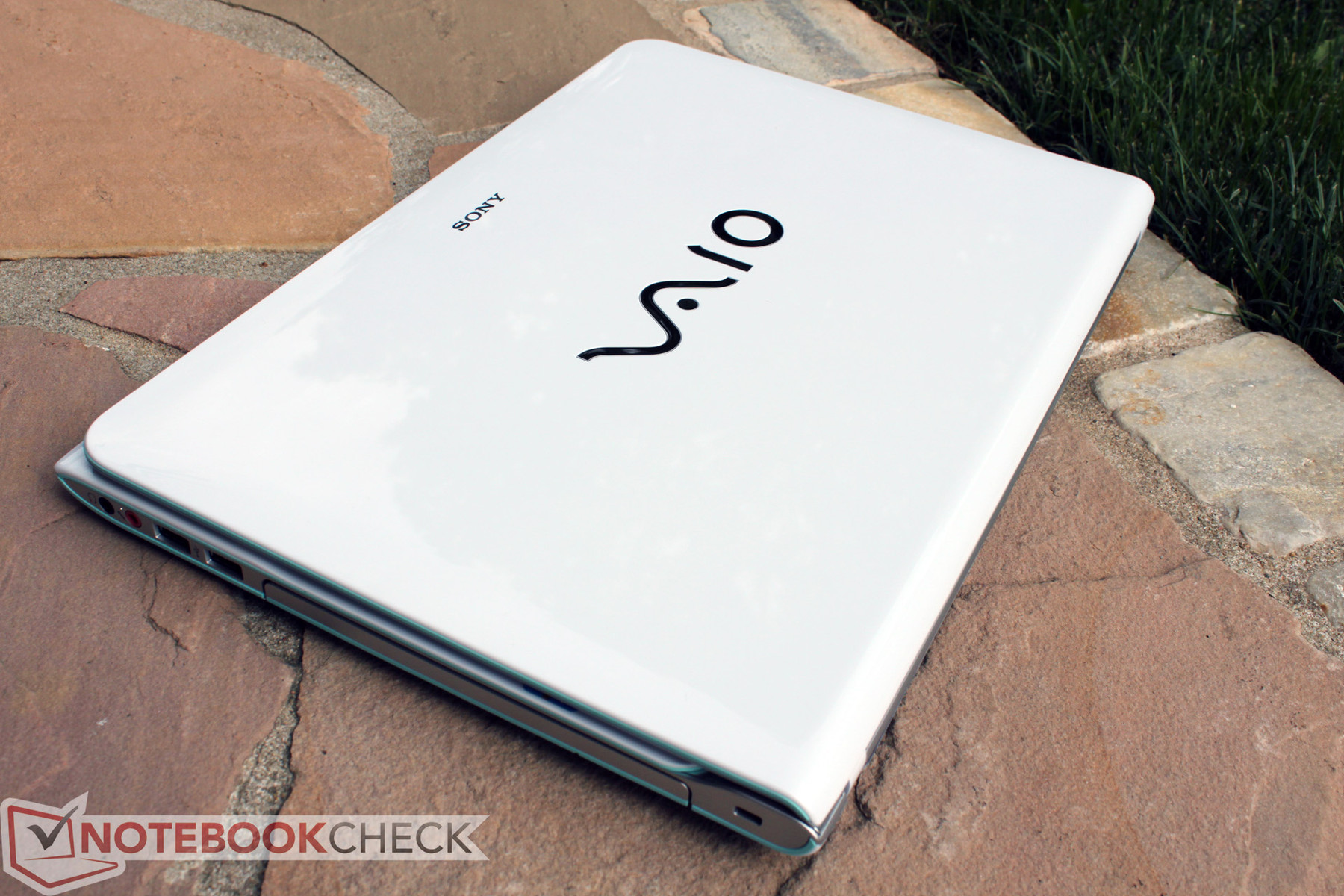

- #2012 SONY VAIO S REVIEW UPDATE#
- #2012 SONY VAIO S REVIEW UPGRADE#
- #2012 SONY VAIO S REVIEW FULL#
- #2012 SONY VAIO S REVIEW SERIES#
It also featured a higher resolution 1600x900 display that was not available on the standard S13, and an option to upgrade to 2GB of dedicated video RAM instead of 1GB. The S13 Premium was constructed of carbon fiber (as opposed to the magnesium casing of the standard S13) and as such was slightly thinner (0.90") and lighter (3.69 lbs). It also had an optional internal Blu-ray reader or burner available, as well as a sheet battery for additional power. Like the 13.3" S notebook before it, it had 4GB of RAM soldered to the board, and 0, 2GB, or 4GB of removable memory in a user-accessible memory slot. NVIDIA's Optimus technology allowed the laptop to conserve battery life by switching from the discrete GPU and the low-power Intel HD Graphics 4000 chip integrated in the CPU when high-powered graphics were not required. For the graphics options, Sony switched from AMD back to NVIDIA with the GeForce GT 640M LE with 1GB DDR3 dedicated video RAM. It featured dual-core 3rd Generation Intel Core i5/i7 processors.
#2012 SONY VAIO S REVIEW UPDATE#
Most of the changes from the last generation of VAIO S laptops were update hardware. From a physical standpoint the most major change was that the touchpad was changed to a "clickpad" and the dedicated buttons were removed. The S13 followed the basic model of the previous generation with a 13.3" screen at a native resolution of 1366x768, and retained the same overall angular design and backlit chiclet keyboard. The number of models were consolidated to only three versions: S13, S15, and S13 Premium.
#2012 SONY VAIO S REVIEW SERIES#
2012 Īnother refresh of the VAIO S Series lineup was released in the spring of 2012, coinciding with the launch of Intel's 22 nm Ivy Bridge processors, the 3rd Generation Core i3/i5/i7 processors. A hacked BIOS was subsequently created and spread via the internet which re-enabled SATA 6 Gbit/s speeds. In late 2011, Sony released a BIOS update which disabled SATA 6 Gbit/s speeds (thereafter capped at 3 Gbit/s) for no apparent reason, and without notifying users in the update changelog. The early release of SA/SB/SC had chipset support for SATA 6 Gbit/s, useful for fast speeds in solid state drive. Its hardware was otherwise identical to the 13.3" S Series, with an optional Blu-ray Disc drive and up to an Intel Core i7-2640M CPU and AMD Radeon HD 6630M GPU.Ģ011 Series SATA 6 Gbps controversy
#2012 SONY VAIO S REVIEW FULL#
It featured a larger 15.5-inch IPS panel with a native resolution of 1920×1080, and a full number pad was added to the keyboard. In August 2011, Sony introduced the SE model as a larger variant of the existing S Series notebook.

Sony responded that this was by design, saying that under torque it would bend rather than break. Reviewers noted that the display felt quite flimsy, and that applying everyday amounts of torque, such as opening the display from one corner, would result in noticeable bending. The 3rd VAIO S Series was the first VAIO with a non-removable battery. It also features a sheet battery that increases the battery life to 15 hours. It had 4 GB of DDR3-1333 memory soldered to the motherboard, and one open RAM slot which was customer-accessible and supported an additional 4 GB of RAM. The laptop also featured a physical switch that could disable or enable the discrete graphics card at will and make the computer use the integrated processor GPU to increase battery life. The processors were updated to Second-Generation Intel Core i5 and i7 CPUs, and the graphic options were either AMD Radeon HD 6470M (512 MB DDR3) or 6630M (1 GB DDR3). It also had a completely redesigned chassis, replacing the large rounded hinge with a sleek and angular design, featuring chrome accents on the hinge and VAIO logo. It was notably thinner and lighter than its predecessor, weighing just under 4 lbs (half a pound lighter) and 0.95" thick (1/4" thinner). It once again featured a 13.3-inch screen with a matte anti-glare finish, with a native 16:9 aspect ratio and maximum resolution of either 1366×768 or 1600×900. The VAIO SA/SB/SC series was released in February 2011. The keyboard was also redesigned with new backlit chiclet (island-style) keys. Unlike the SR, the new VAIO S Series had a mini-PCI slot that allowed for an optional internal WWAN (mobile broadband) adapter. As with the SR, the S offered an optional Blu-ray Disc drive. The graphics options were either the CPU-integrated Intel GMA HD Graphics or a discrete NVIDIA GeForce 310M. The CPU was upgraded from Intel's Core2 Duo to Intel's First-Generation Core i3/i5, and the system RAM was updated to DDR3. The aspect ratio of the display was changed to 16:9 (1600x900) from the older 16:10 (1280x800). Sony introduced the VAIO S series in January 2010 to replace the SR series.


 0 kommentar(er)
0 kommentar(er)
